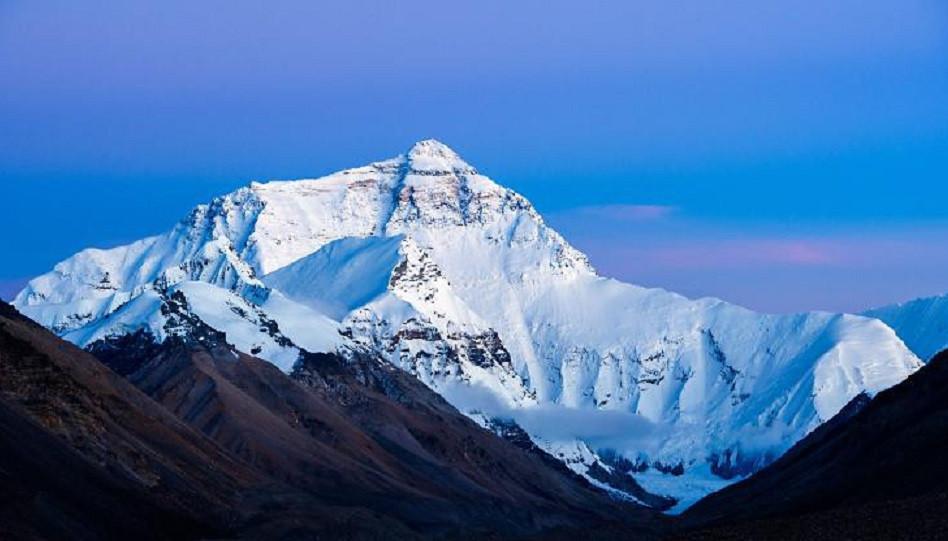
The highest glacier on the world’s tallest mountain is losing decades worth of ice every year because of human-induced climate change, a new study shows.
The findings serve as a warning that rapid glacier melt at some of the Earth’s highest points could bring worsening climate impacts, including more frequent avalanches and a drying-up of water sources that around 1.6 billion people in mountain ranges depend on for drinking, irrigation and hydropower.
Ice that took around 2,000 years to form on the South Col Glacier has melted in around 25 years, which means it has thinned out around 80 times faster than it formed.
While glacier melt is widely studied, little scientific attention has been paid to glaciers at the highest points of the planet, the researchers argue in the study, published in Nature Portfolio Journal Climate and Atmospheric Science.
A team of scientists and climbers, including six from the University of Maine, visited the glacier in 2019 and collected samples from a 10-meter-long ice core. They also installed the world’s two highest automatic weather stations to collect data and answer a question: Are the Earth’s most out-of-reach glaciers impacted by human-linked climate change?
“The answer is a resounding yes, and very significantly since the late 1990s,” said Paul Mayewski, the expedition leader and the director of the Climate Change Institute at the University of Maine.
The researchers said that the findings not only confirmed that human-sourced climate change reached the highest points on Earth, but that is it was also disrupting the critical balance that snow-covered surfaces provide.
“It’s a complete change from what has been experienced in that area, throughout probably all of the period of occupation by humans in the mountains,” Mayewski told CNN. “And it’s happened very fast.”
The research showed that once the glacier’s ice became exposed, it lost around 55 meters of ice in a quarter-century. The researchers note that the glacier has transformed from consisting of snowpack into predominantly ice, and that change could have started as early as the 1950s. But the ice loss has been most intense since the late 1990s.
This transformation to ice means the glacier can no longer reflect radiation from the sun, making its melt more rapid.